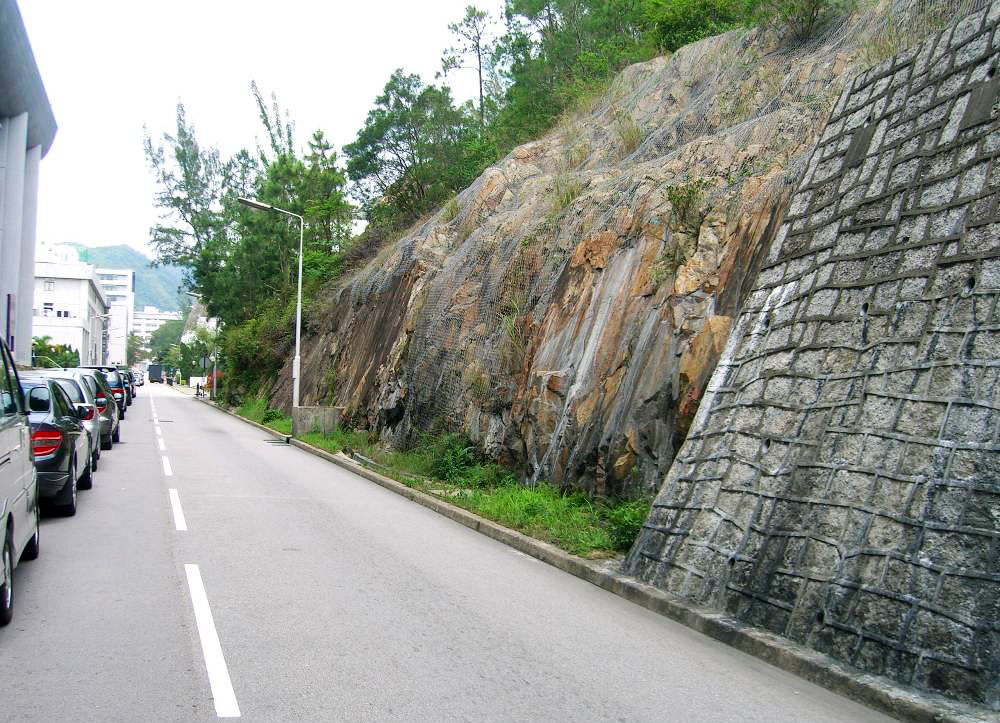Enhancing Biodiversity
Campus Greening and Wildlife
CUHK's luxuriant campus boasts the highest greening ratio of any local university. The campus is home to over 200 plant species, over a third of all tree species found in Hong Kong. Over 60% of the campus is covered in vegetation. The campus is also home to a wide variety of fauna. Please visit the Trees and Birds at CUHK webpage to explore the plant species and avifauna on CUHK campus.
Although CUHK was severely deforested at the time of its establishment, efforts to reforest the campus have helped its fauna to re-establish themselves during the past four decades. The Chung Chi Stream and Weiyuan Lake, widely admired for their scenic beauty, have also been recognized as an important habitat for certain aquatic animals and plants.
Our strategies for enhancing biodiversity are:
|
Camphor trees, mountain figs, Chinese banyans, ivy trees and other native tree species providing nectar, flowers, sap, fruits and shelter have been planted to attract more birds and butterflies. |
||
|
The natural home-made pesticide Rotenone is used to control pests, so as to minimise damage to the environment. |
||
|
Canteen wastes and food sludge are composted on campus, and used by the Landscaping Section to improve the soil in the campus grounds. |
||
Visit the Trees and Birds at CUHK webpage to explore the plant species and avifauna on CUHK campus























